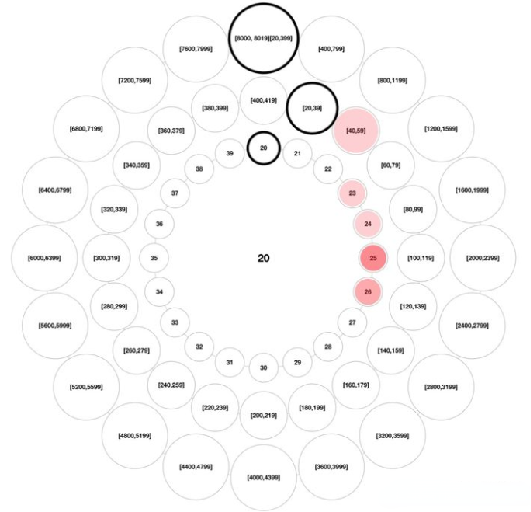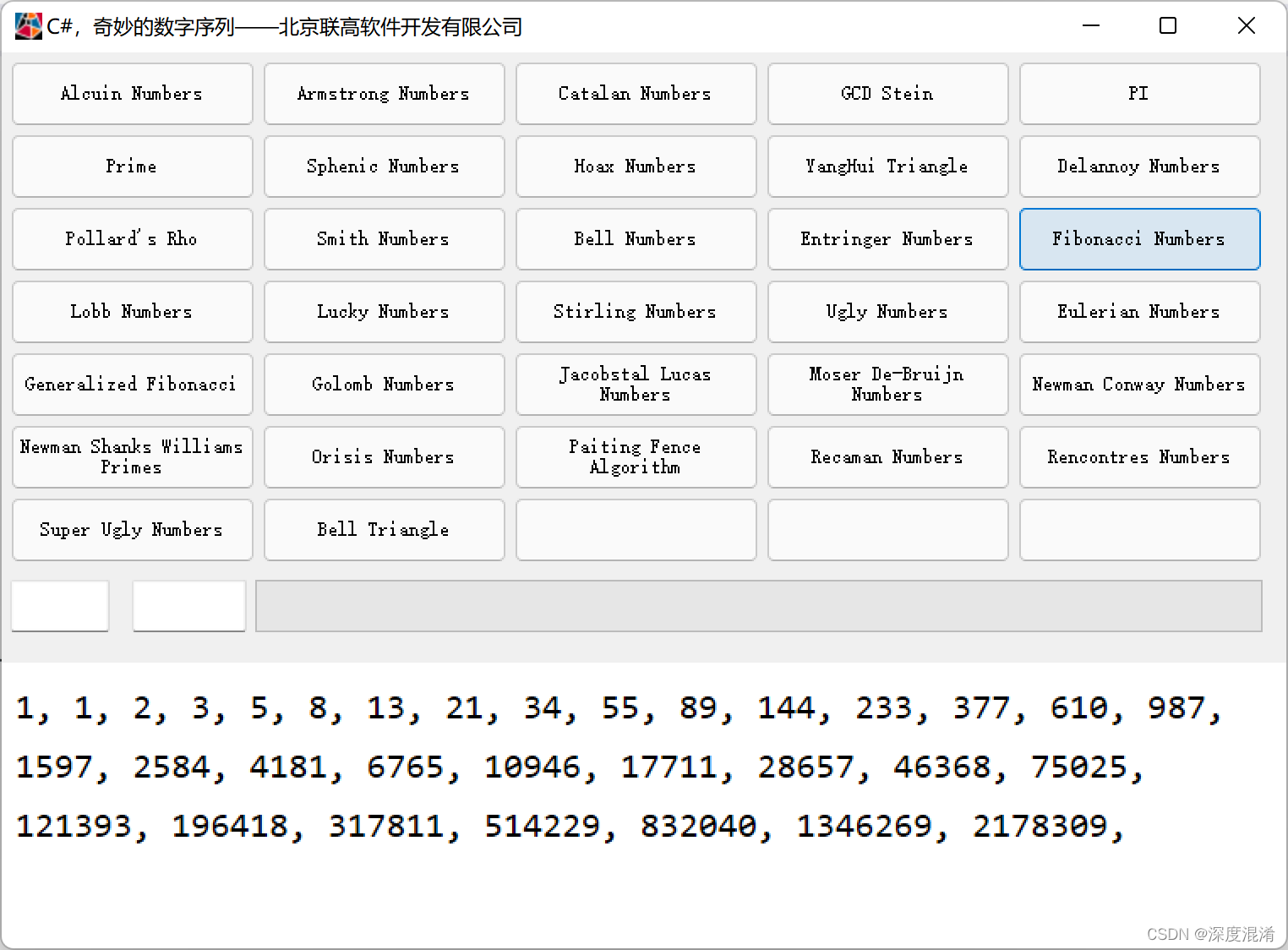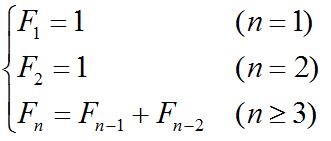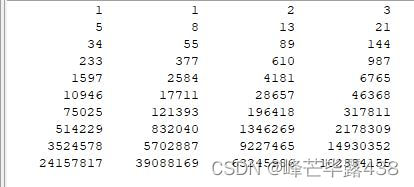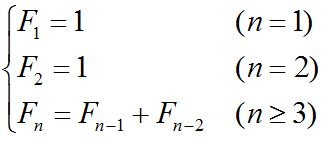什么是时间轮(Timing Wheel)
时间轮(Timing Wheel)是George Varghese和Tony Lauck在1996年的论文'Hashed and Hierarchical Timing Wheels: data structures to efficiently implement a timer facility'实现的,它在Linux内核中使用广泛,是Linux内核定时器的实现方法和基础之一。
时间轮(Timing Wheel)是一种环形的数据结构,就像一个时钟可以分成很多格子(Tick),每个格子代表时间的间隔,它指向存储的具体任务(timerTask)的一个链表。

以上述在论文中的图片例子,这里一个轮子包含8个格子(Tick), 每个tick是一秒钟;
任务的添加:如果一个任务要在17秒后执行,那么它需要转2轮,最终加到Tick=1位置的链表中。
任务的执行:在时钟转2Round到Tick=1的位置,开始执行这个位置指向的链表中的这个任务。(# 这里表示剩余需要转几轮再执行这个任务)
Netty的HashedWheelTimer要解决什么问题
HashedWheelTimer是Netty根据时间轮(Timing Wheel)开发的工具类,它要解决什么问题呢?这里面有两个要点:延迟任务 + 低时效性。@pdai
在Netty中的一个典型应用场景是判断某个连接是否idle,如果idle(如客户端由于网络原因导致到服务器的心跳无法送达),则服务器会主动断开连接,释放资源。判断连接是否idle是通过定时任务完成的,但是Netty可能维持数百万级别的长连接,对每个连接去定义一个定时任务是不可行的,所以如何提升I/O超时调度的效率呢?
Netty根据时间轮(Timing Wheel)开发了HashedWheelTimer工具类,用来优化I/O超时调度(本质上是延迟任务);之所以采用时间轮(Timing Wheel)的结构还有一个很重要的原因是I/O超时这种类型的任务对时效性不需要非常精准。
HashedWheelTimer的使用方式
在了解时间轮(Timing Wheel)和Netty的HashedWheelTimer要解决的问题后,我们看下HashedWheelTimer的使用方式
通过构造函数看主要参数
public HashedWheelTimer( ThreadFactory threadFactory, long tickDuration, TimeUnit unit, int ticksPerWheel, boolean leakDetection, long maxPendingTimeouts, Executor taskExecutor) { }
具体参数说明如下:
-
threadFactory:线程工厂,用于创建工作线程, 默认是Executors.defaultThreadFactory()
-
tickDuration:tick的周期,即多久tick一次
-
unit: tick周期的单位
-
ticksPerWheel:时间轮的长度,一圈下来有多少格
-
leakDetection:是否开启内存泄漏检测,默认是true
-
maxPendingTimeouts:最多执行的任务数,默认是-1,即不限制。在高并发量情况下才会设置这个参数。
实现案例
这里展示下HashedWheelTimer的基本使用案例。@pdai
Pom依赖
引入pom的依赖
<dependency> <groupId>io.netty</groupId> <artifactId>netty-all</artifactId> <version>4.1.77.Final</version> </dependency>
2个简单例子
例子1:5秒后执行TimerTask
@SneakyThrows public static void simpleHashedWheelTimer() { log.info("init task 1..."); HashedWheelTimer timer = new HashedWheelTimer(1, TimeUnit.SECONDS, 8); // add a new timeout timer.newTimeout(timeout -> { log.info("running task 1..."); }, 5, TimeUnit.SECONDS); }
执行结果如下:
23:32:21.364 [main] INFO tech.pdai.springboot.schedule.timer.netty.HashedWheelTimerTester - init task 1... ... 23:32:27.454 [pool-1-thread-1] INFO tech.pdai.springboot.schedule.timer.netty.HashedWheelTimerTester - running task 1...
例子2:任务失效后cancel并让它重新在3秒后执行。
@SneakyThrows public static void reScheduleHashedWheelTimer() { log.info("init task 2..."); HashedWheelTimer timer = new HashedWheelTimer(1, TimeUnit.SECONDS, 8); Thread.sleep(5000); // add a new timeout Timeout tm = timer.newTimeout(timeout -> { log.info("running task 2..."); }, 5, TimeUnit.SECONDS); // cancel if (!tm.isExpired()) { log.info("cancel task 2..."); tm.cancel(); } // reschedule timer.newTimeout(tm.task(), 3, TimeUnit.SECONDS); }
23:28:36.408 [main] INFO tech.pdai.springboot.schedule.timer.netty.HashedWheelTimerTester - init task 2... 23:28:41.412 [main] INFO tech.pdai.springboot.schedule.timer.netty.HashedWheelTimerTester - cancel task 2... 23:28:45.414 [pool-2-thread-1] INFO tech.pdai.springboot.schedule.timer.netty.HashedWheelTimerTester - running task 2...
进一步理解
我们通过如下问题进一步理解HashedWheelTimer。@pdai
HashedWheelTimer是如何实现的?
简单看下HashedWheelTimer是如何实现的
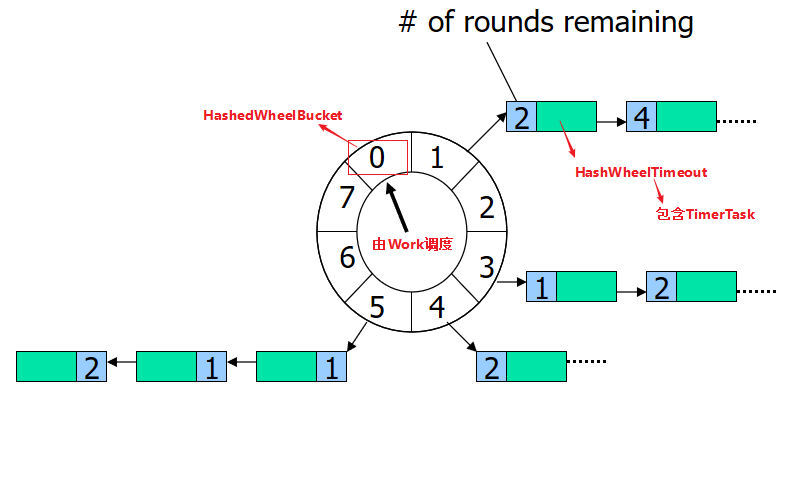
-
Worker:worker工作线程主要负责任务调度触发,单线程运行。
-
HashedWheelBucket: 时间轮上面的格子,内部持有HashedWheelTimeout组成的链表结构的头尾节点,多个格子组成的时间轮形成一圈又一圈的任务环
-
HashedWheelTimeout: 往时间轮里面提交的任务会被封装成HashedWheelTimeout
构造函数
public HashedWheelTimer( ThreadFactory threadFactory, long tickDuration, TimeUnit unit, int ticksPerWheel, boolean leakDetection, long maxPendingTimeouts, Executor taskExecutor) { checkNotNull(threadFactory, "threadFactory"); checkNotNull(unit, "unit"); checkPositive(tickDuration, "tickDuration"); checkPositive(ticksPerWheel, "ticksPerWheel"); this.taskExecutor = checkNotNull(taskExecutor, "taskExecutor"); // Normalize ticksPerWheel to power of two and initialize the wheel. wheel = createWheel(ticksPerWheel); mask = wheel.length - 1; // Convert tickDuration to nanos. long duration = unit.toNanos(tickDuration); // Prevent overflow. if (duration >= Long.MAX_VALUE / wheel.length) { throw new IllegalArgumentException(String.format( "tickDuration: %d (expected: 0 < tickDuration in nanos < %d", tickDuration, Long.MAX_VALUE / wheel.length)); } if (duration < MILLISECOND_NANOS) { logger.warn("Configured tickDuration {} smaller than {}, using 1ms.", tickDuration, MILLISECOND_NANOS); this.tickDuration = MILLISECOND_NANOS; } else { this.tickDuration = duration; } workerThread = threadFactory.newThread(worker); leak = leakDetection || !workerThread.isDaemon() ? leakDetector.track(this) : null; this.maxPendingTimeouts = maxPendingTimeouts; if (INSTANCE_COUNTER.incrementAndGet() > INSTANCE_COUNT_LIMIT && WARNED_TOO_MANY_INSTANCES.compareAndSet(false, true)) { reportTooManyInstances(); } }
创建wheel
private static HashedWheelBucket[] createWheel(int ticksPerWheel) { //ticksPerWheel may not be greater than 2^30 checkInRange(ticksPerWheel, 1, 1073741824, "ticksPerWheel"); ticksPerWheel = normalizeTicksPerWheel(ticksPerWheel); HashedWheelBucket[] wheel = new HashedWheelBucket[ticksPerWheel]; for (int i = 0; i < wheel.length; i ++) { wheel[i] = new HashedWheelBucket(); } return wheel; } private static int normalizeTicksPerWheel(int ticksPerWheel) { int normalizedTicksPerWheel = 1; while (normalizedTicksPerWheel < ticksPerWheel) { normalizedTicksPerWheel <<= 1; } return normalizedTicksPerWheel; }
任务的添加
@Override public Timeout newTimeout(TimerTask task, long delay, TimeUnit unit) { checkNotNull(task, "task"); checkNotNull(unit, "unit"); long pendingTimeoutsCount = pendingTimeouts.incrementAndGet(); if (maxPendingTimeouts > 0 && pendingTimeoutsCount > maxPendingTimeouts) { pendingTimeouts.decrementAndGet(); throw new RejectedExecutionException("Number of pending timeouts (" + pendingTimeoutsCount + ") is greater than or equal to maximum allowed pending " + "timeouts (" + maxPendingTimeouts + ")"); } start(); // Add the timeout to the timeout queue which will be processed on the next tick. // During processing all the queued HashedWheelTimeouts will be added to the correct HashedWheelBucket. long deadline = System.nanoTime() + unit.toNanos(delay) - startTime; // Guard against overflow. if (delay > 0 && deadline < 0) { deadline = Long.MAX_VALUE; } HashedWheelTimeout timeout = new HashedWheelTimeout(this, task, deadline); timeouts.add(timeout); return timeout; }
执行方法
/** * Starts the background thread explicitly. The background thread will * start automatically on demand even if you did not call this method. * * @throws IllegalStateException if this timer has been * {@linkplain #stop() stopped} already */ public void start() { switch (WORKER_STATE_UPDATER.get(this)) { case WORKER_STATE_INIT: if (WORKER_STATE_UPDATER.compareAndSet(this, WORKER_STATE_INIT, WORKER_STATE_STARTED)) { workerThread.start(); } break; case WORKER_STATE_STARTED: break; case WORKER_STATE_SHUTDOWN: throw new IllegalStateException("cannot be started once stopped"); default: throw new Error("Invalid WorkerState"); } // Wait until the startTime is initialized by the worker. while (startTime == 0) { try { startTimeInitialized.await(); } catch (InterruptedException ignore) { // Ignore - it will be ready very soon. } } }
停止方法
@Override public Set<Timeout> stop() { if (Thread.currentThread() == workerThread) { throw new IllegalStateException( HashedWheelTimer.class.getSimpleName() + ".stop() cannot be called from " + TimerTask.class.getSimpleName()); } if (!WORKER_STATE_UPDATER.compareAndSet(this, WORKER_STATE_STARTED, WORKER_STATE_SHUTDOWN)) { // workerState can be 0 or 2 at this moment - let it always be 2. if (WORKER_STATE_UPDATER.getAndSet(this, WORKER_STATE_SHUTDOWN) != WORKER_STATE_SHUTDOWN) { INSTANCE_COUNTER.decrementAndGet(); if (leak != null) { boolean closed = leak.close(this); assert closed; } } return Collections.emptySet(); } try { boolean interrupted = false; while (workerThread.isAlive()) { workerThread.interrupt(); try { workerThread.join(100); } catch (InterruptedException ignored) { interrupted = true; } } if (interrupted) { Thread.currentThread().interrupt(); } } finally { INSTANCE_COUNTER.decrementAndGet(); if (leak != null) { boolean closed = leak.close(this); assert closed; } } return worker.unprocessedTimeouts(); }
什么是多级Timing Wheel?
多级的时间轮是比较好理解的,时钟是有小时,分钟,秒的,秒转一圈(Round)分钟就转一个格(Tick), 分钟转一圈(Round)小时就转一格(Tick)
